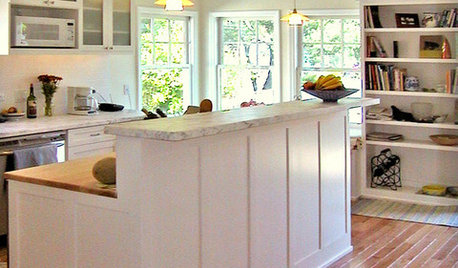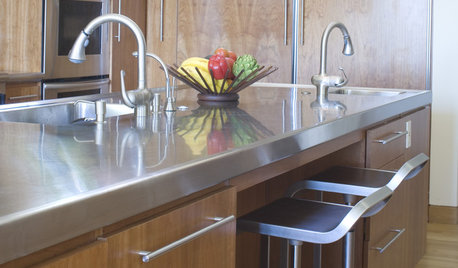Need advice: softener backwash/overflow disposal
ezgrower
17 years ago
Featured Answer
Comments (7)
castoff
17 years agoGeorge Dorer
17 years agoRelated Professionals
Franklin Plumbers · North Druid Hills Kitchen & Bathroom Remodelers · Holden Kitchen & Bathroom Remodelers · Gilbert Kitchen & Bathroom Remodelers · Hunters Creek Kitchen & Bathroom Remodelers · Idaho Falls Kitchen & Bathroom Remodelers · Key Biscayne Kitchen & Bathroom Remodelers · Lynn Haven Kitchen & Bathroom Remodelers · Port Orange Kitchen & Bathroom Remodelers · Schiller Park Kitchen & Bathroom Remodelers · Shawnee Kitchen & Bathroom Remodelers · South Plainfield Kitchen & Bathroom Remodelers · Tulsa Kitchen & Bathroom Remodelers · Phillipsburg Kitchen & Bathroom Remodelers · Ojus Kitchen & Bath Fixturesezgrower
17 years agoGeorge Dorer
17 years agoezgrower
17 years agoShuckapeafarms
11 years ago
Related Stories

HOUSEPLANTS8 Essentials for Healthy Indoor Plants
Houseplants add so much to our homes — and can thrive when grown in the right conditions. Keep these tips in mind
Full Story
EARTH DAYGrow a Beautiful Garden With Ecofriendly Greywater
Reducing home water waste means lower bills and a healthier planet. Here's how to set up a greywater home irrigation system that can help
Full Story
KITCHEN DESIGN8 Kitchen Organizing Ideas for Messy Cooks
Not the clean-as-you-go type? Not to worry. These strategies will help keep your kitchen looking tidy no matter what your cooking style is
Full Story
HOUSEKEEPINGThree More Magic Words to Help the Housekeeping Get Done
As a follow-up to "How about now?" these three words can help you check more chores off your list
Full Story
KITCHEN DESIGNDesign an Easy-Clean Kitchen
"You cook and I'll clean" might no longer be a fair trade with these ideas for low-maintenance kitchen countertops, cabinets and floors
Full Story
HOUSEKEEPINGCan-Do Cleaning Strategies for Busy People
While you dream of having a maid (to go with the cook and chauffer), this simplified cleaning routine can keep your real-world home tidy
Full Story
LANDSCAPE DESIGN8 Ways a Garden Can Draw You In
What's that beckoning from the far corners of the garden? Create a sense of discovery with cutouts, pathways, art and more
Full StoryMore Discussions






tboedicker_comcast_net